|
Today was the 3rd class of my Nerikiri Basic Course. (I finally remembered to take photos). This class is for people who would like to learn the basic techniques of making nerikiri wagashi starting from the bean paste making.
Today was the 3rd class and we made the spring motifs. The biggest difference between this class and the one-day class is that you will get a textbook with step by step tutorials for the motifs you will be making. This I hope will help you replicate the creations. For more details on this course, please visit this page.
0 Comments
Yesterday was a special request class to make mochi ice cream along with other mochi desserts.
We started off with making matcha warabi mochi using tofu, then went on to make strawberry daifuku and ice cream mochi, and finished off by making mitarashi dango, which are mochi balls in skewers with a sweet soy sauce glaze. They are all mochi but the ingredients and their proportions are slightly different. The warabi mochi uses tofu and potato starch, the strawberry daifuku and mochi ice cream both uses glutinous rice flour (shiratamako) and sugar but in different proportions as the mochi for the ice cream must be soft even when it is refrigerated. Dango uses a mix of glutinous rice flour and joshinko which is a rice flour made with the Japanese short grain rice. The two rice flours have a different texture - glutinous rice being soft and the joshinko being chewy. I think I made too much considering the fact that the mochi ice cream cannot be taken home and should be eaten in class. But I think we all had a great time making lots of mochi. For mochi class requests, please contact me. The sakura season which came a week early this year was an extremely busy period for me as my home sits in front of one of the most famous sakura gazing spots in Tokyo - the Meguro River. I'm not sure if people who book the class knew about it at the time of booking but I'm sure they enjoyed the special scenery when walking to class. During this period, I welcomed a lovely couple from Malaysia who took the intensive home cooking course. This course is aimed at familiarizing yourself with the basic Japanese ingredients and learn the popular Japanese homestyle dishes in 5 classes. The first day started with a tour in a local supermarket then went on to a introctory class to prepare Japanese rice and dashi( soup stock). We also made a couple of dishes using the dashi After the introductory course, there are 4 other classes, Teriyaki class, Tofu Class, Miso Class and the last class can be chosen from all the courses I provide. Please see this page for more details on the Intensive Home Cooking Course. I have also added a new course, Intensive Japanese Cooking Course B for those chefs and restaurant owners who would like to learn Popular Japanese dishes in a cozy atmosphere and lower course fees compared to washoku schools. Yes, it's almost that time of the year when the Japanese go crazy over sakura, the cherry blossom. If you walk into a supermarket or convenience store, you'll notice sakura latte, sakura labelled beer, sakura cookie, sakura wine, sakura dessert, sakura ice cream and so on.
I'm no exception and I can't resist making sakura sweets this time of the year. I just love the sakura scent which actually comes from the leaves and not the blossom. You can make sakura sweets using the sakura blossoms that are preserved in salt, or use the freeze dried flakes. Those of you who have experience in cooking Japanese cuisine may be familiar with a popular condiment, mirin. Mirin is a sweet rice wine made with glutinous rice. It has been around from the 15th century and consumed as a luxury sweet wine among women in the Edo period. Nowadays, mirin is mainly used for cooking but a good quality mirin is also nice to drink on its own.
Along with soy sauce, sake, and miso, mirin is one of the standard condiment that most homes would have in the cupboard. The role that mirin plays in Japanese cooking is very diverse.
If you would like to use mirin as a sweetener, just boil the mirin down to half the quantity until you get a syrupy consistency and keep it in a clean jar. This is called Nikiri Mirin (Boiled down Mirin) The alcohol has burned off, so you can use it for children too. It is advisable to use a good quality mirin (usually darker in color) for this. For more info on mirin, please visit, Mikawa Mirin's website. Last week I took a course to study the various gelling agents that are used for wagashi. Each one is different in many ways so we have to choose the one that is just right for the wagashi we are making.
The main gelling agent in wagashi is Kanten (a type of agar made from Tengusa, a type of red algae). In class we learned differences in the various forms of Kanten. The main difference between Kanten and Gelatin besides the fact that one is plant derived and the other is from animals is that Kanten solidifies at room temperature and only melts at around 70C . So when you eat it, it doesn't melt in your mouth like gelatin, so you may feel the texture is much firmer. One of the most popular sweets made from Kanten is anmitsu, a dessert made with cubes of Kanten served with red beans or fruit. We made the anmitsu using Kanten powder, Ito-Kanten (string-type agar) and Agar, which is much softer and impossible to make a cube. Another sweet we made was Kingyokukan which is a popular summer wagashi made with Kanten and sugar. I hope to introduce some summer wagashi using kanten this year. This week started with a visit from the writer and photographer from the Time Out magazine. They are featuring the Kawaii (Cute) culture in Tokyo. My wagashi class will appear in their article along with the other Kawaii things that you can do in Tokyo. The article will be featured in the April issue, available to download online as well.
Time Out Tokyo website My new course, "Mochi & Wagashi Class" has proved to be quite popular this month. This course will teach you how to make strawberry daifuku mochi and Tofu warabi mochi in addition to the two types of nerikiri wagashi.
I will have another Mochi & Wagashi Class this Friday (Dec. 15th) at 10 am, so those of you interested, please contact me. Last week I was busy decluttering my boys' bedroom as I got rid of their bunkbeds and put in 2 loft beds so they can have a space of their own. The amount of toys and books and clothes that have accumulated since we moved here 9 years ago is overwhelming and I've been giving things away online. (We have a great website where you can sell or giveaway unused items).
But there is just too many! So, I've put out a Mottainai Box on my front porch. Mottainai is a Japanese term which expresses regret in wasting things. Those of you attending my class are very welcome to rummage through the box and take home whatever you can reuse. It will release me from the guiltiness of throwing away things that can still be used. 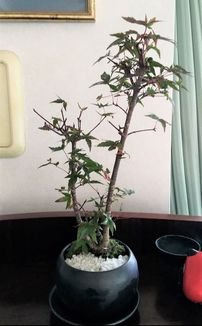 My Bonsai! My Bonsai! I've always wanted a momiji (Japanese maple) on my balcony. It's very useful tree as you can enjoy the changing colors of the leaves year round and also use it as a decoration on a traditional Japanese plate, no matter what the color of the leaves are. The leaves on the place is called Ashirai (あしらい)in Japanese. I've been told that Japanese are the only people who put something that is not edible on the plate. But this ashirai is essential to completing a small universe before your eyes. I've found a small bonsai size momiji online yesterday and decided to give it a try. Bonsai is a Japanese art form of growing trees in a pot. I hope the leaves will stay on until it turns red, and hopefully I will keep it alive till next year when it turns green. |
AuthorI'm Miyuki and I teach Japanese Home cooking at my home in Tokyo. Archives
February 2021
Categories
All
|
service |
Information |
© COPYRIGHT 2015. ALL RIGHTS RESERVED.
|


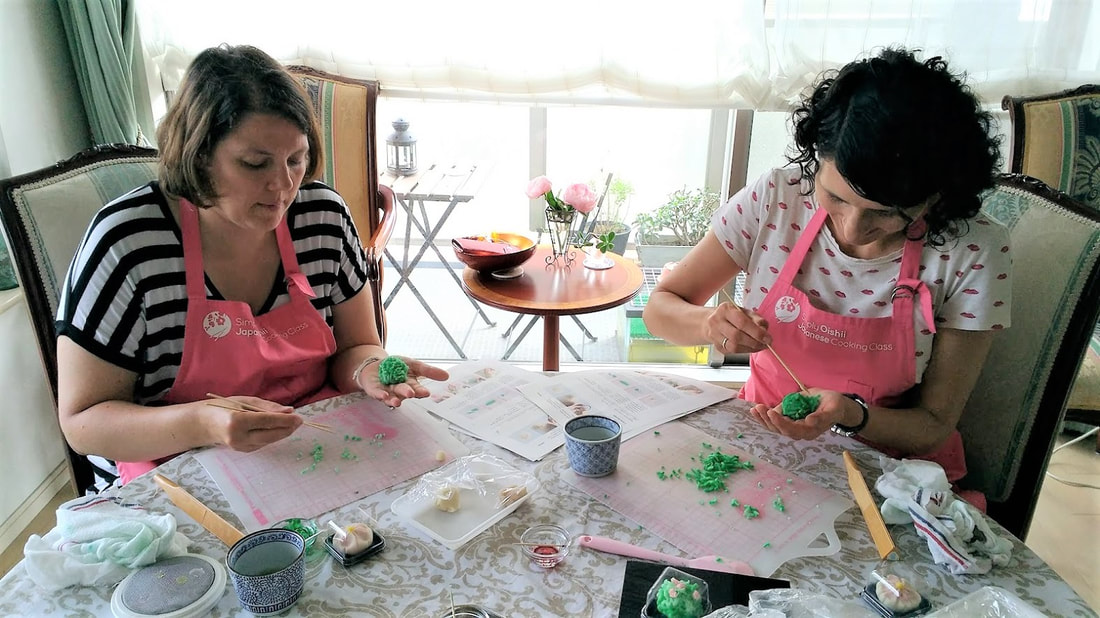
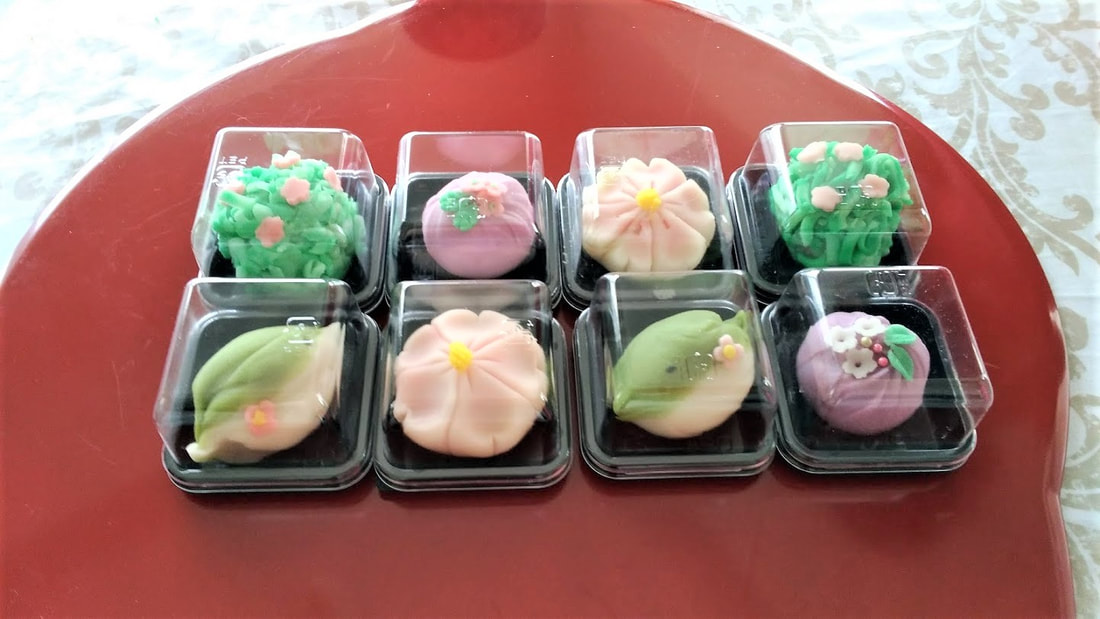
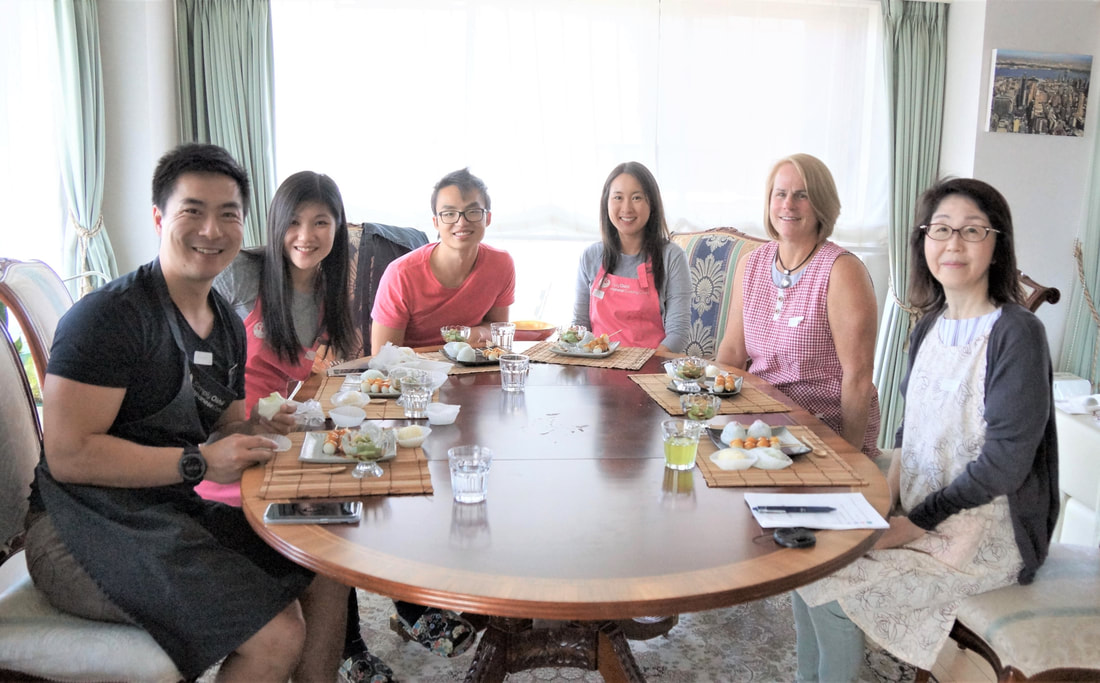
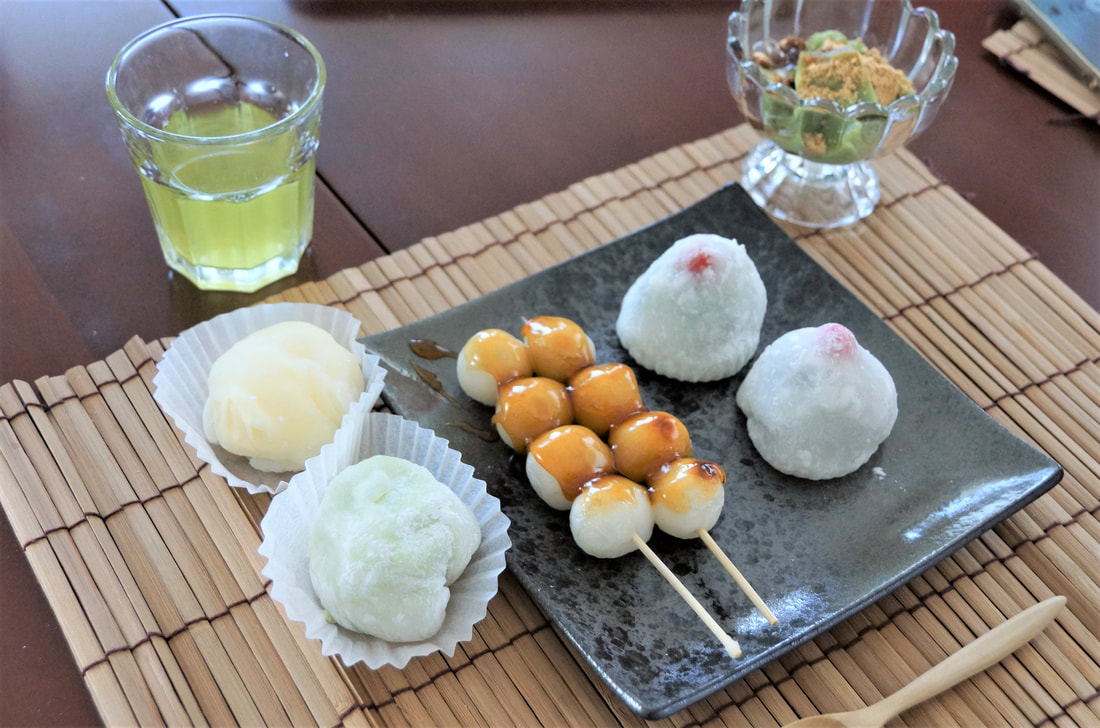
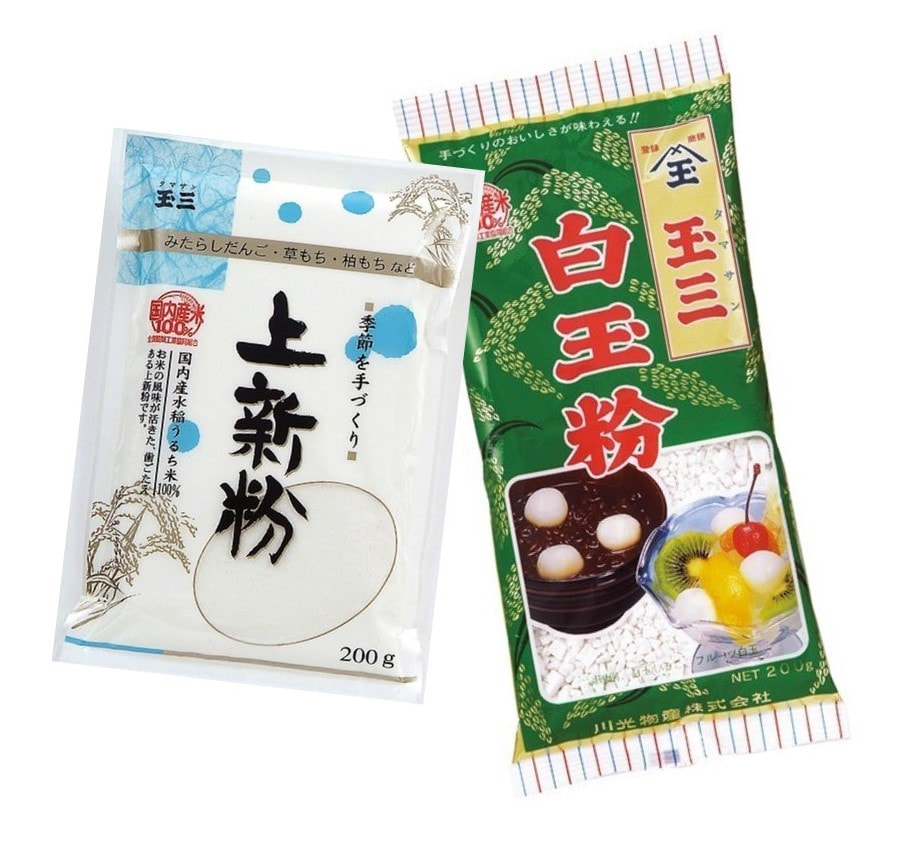
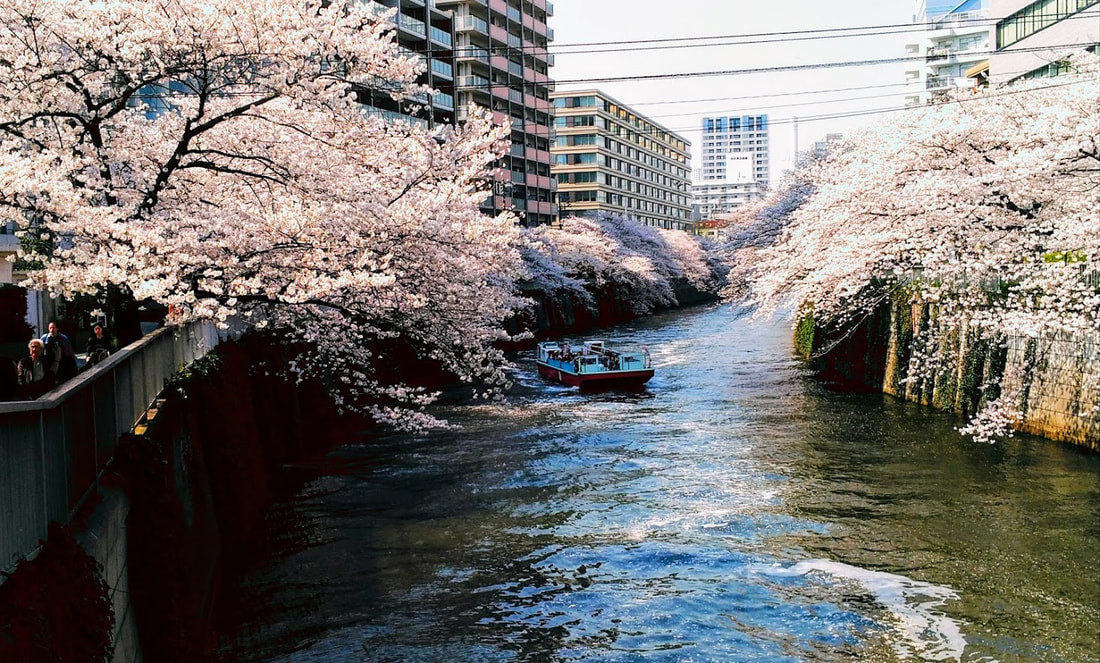
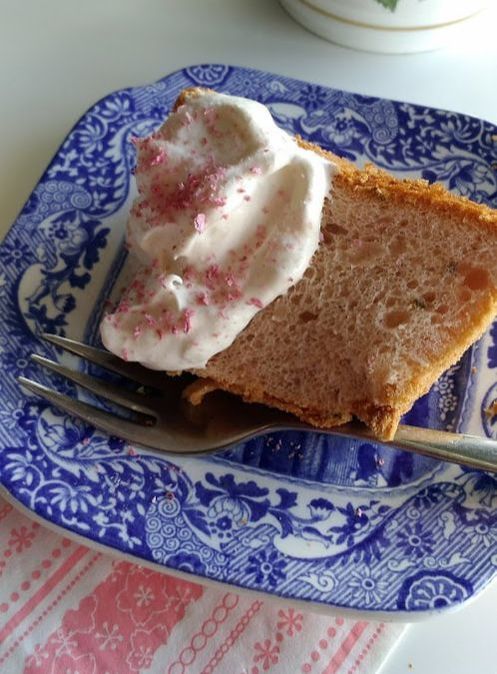
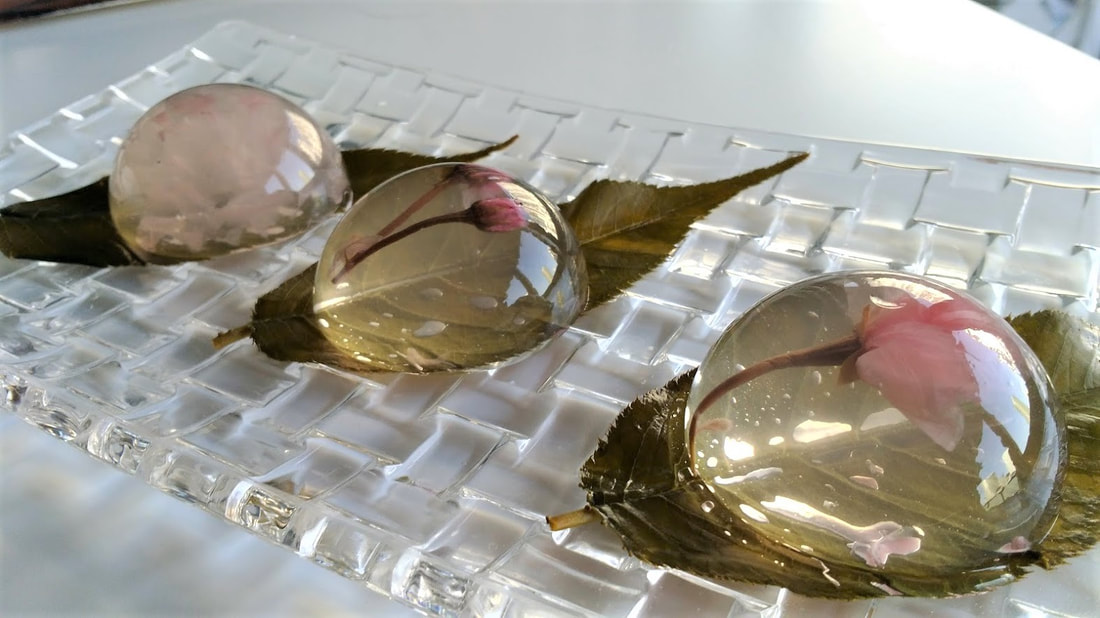
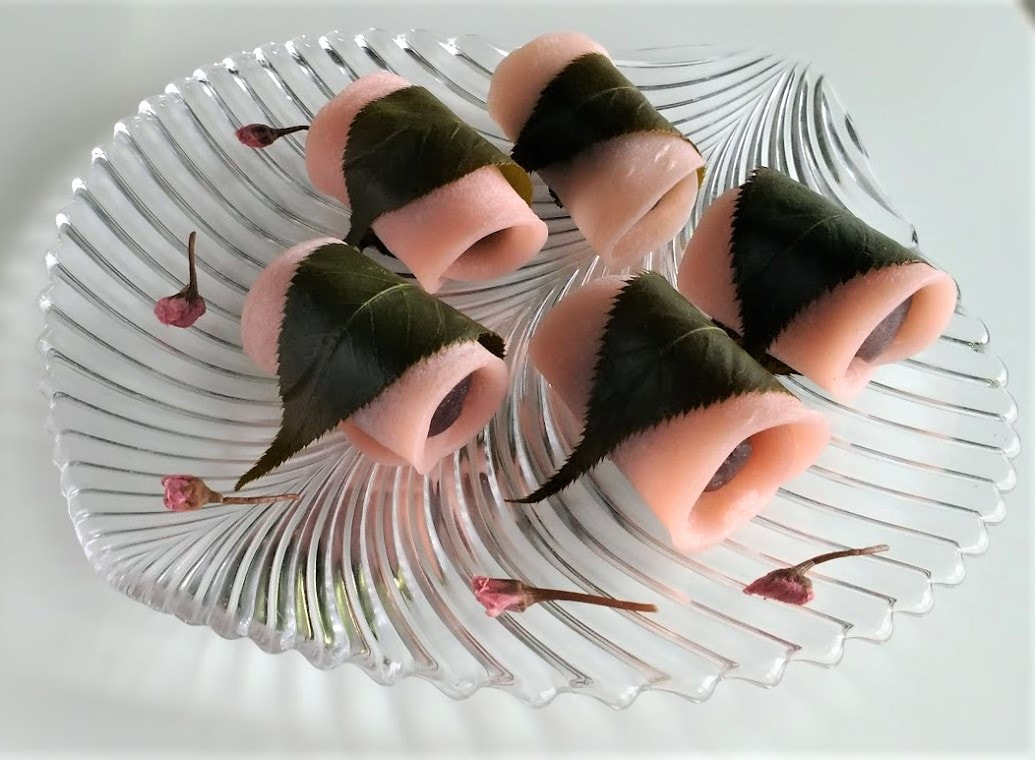
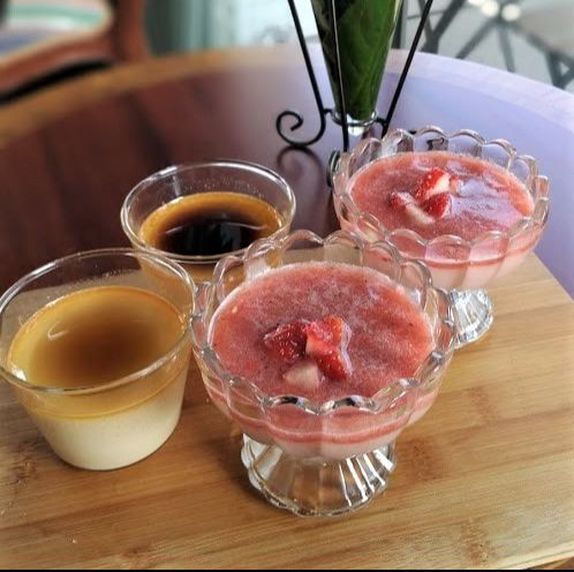
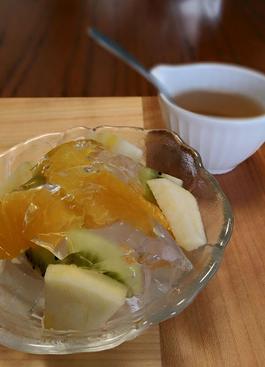
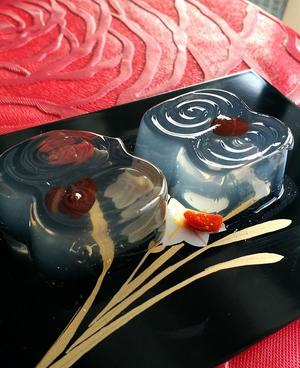

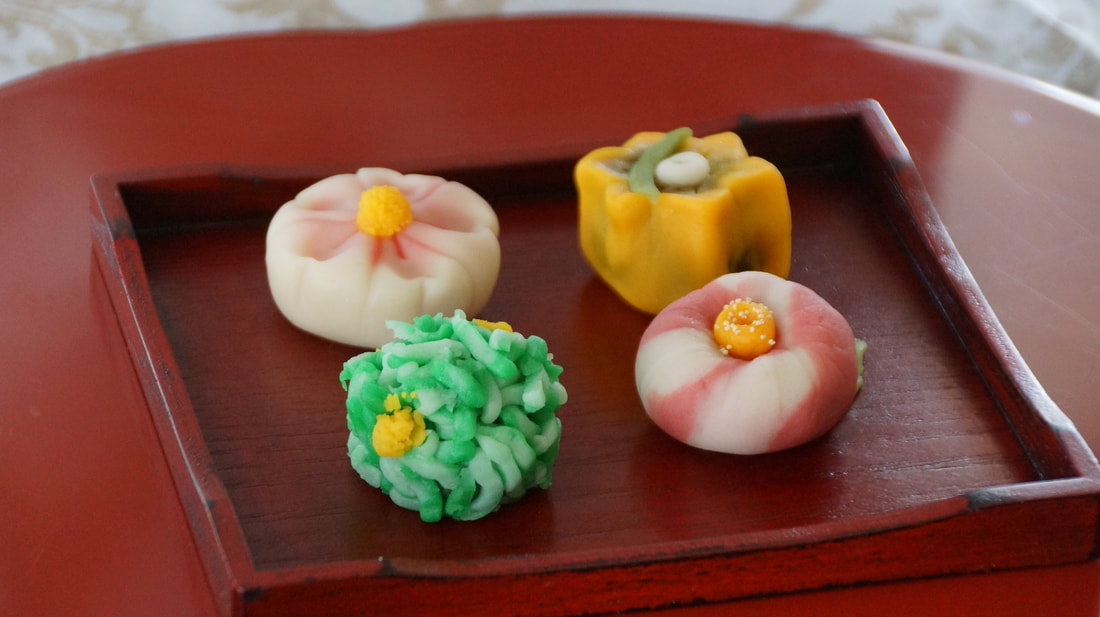

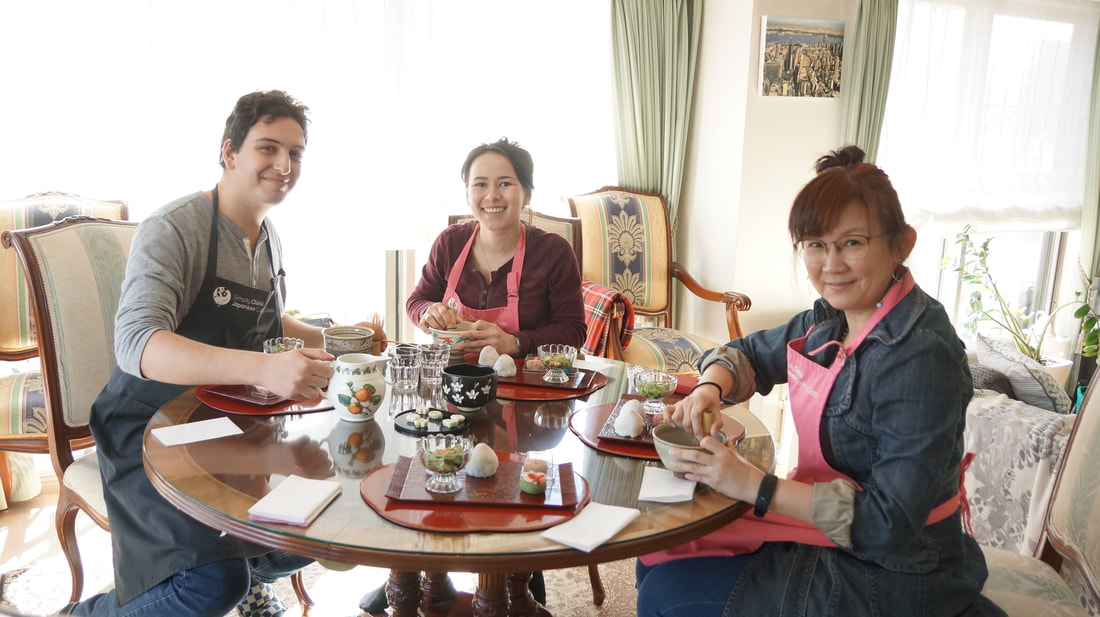
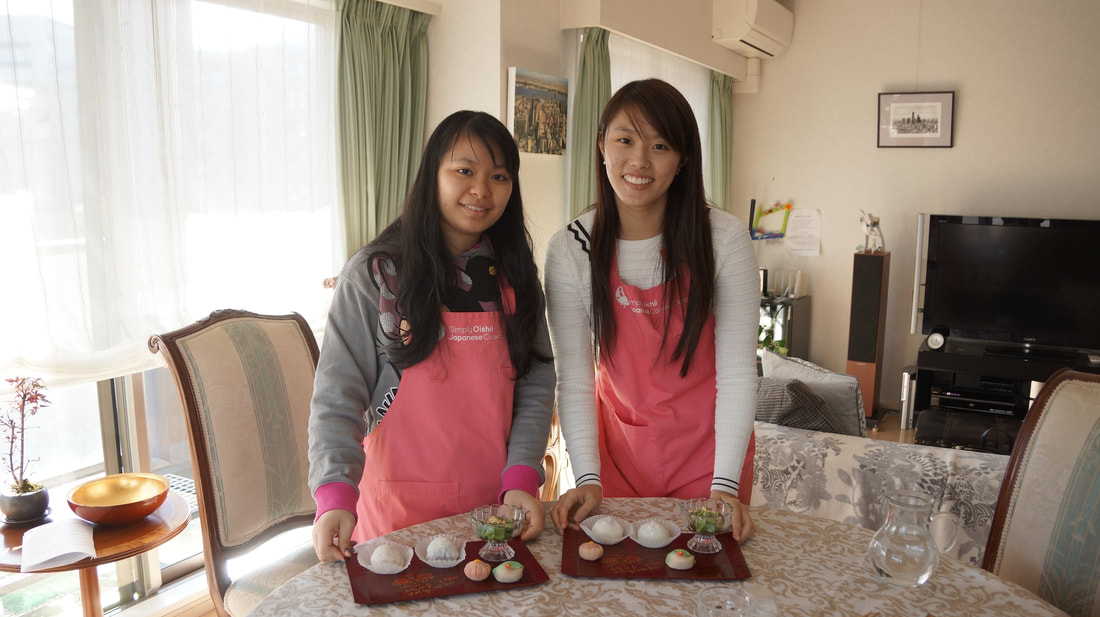
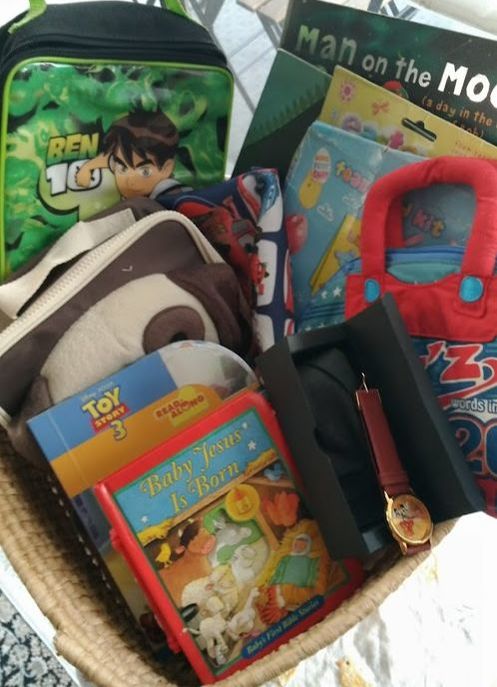
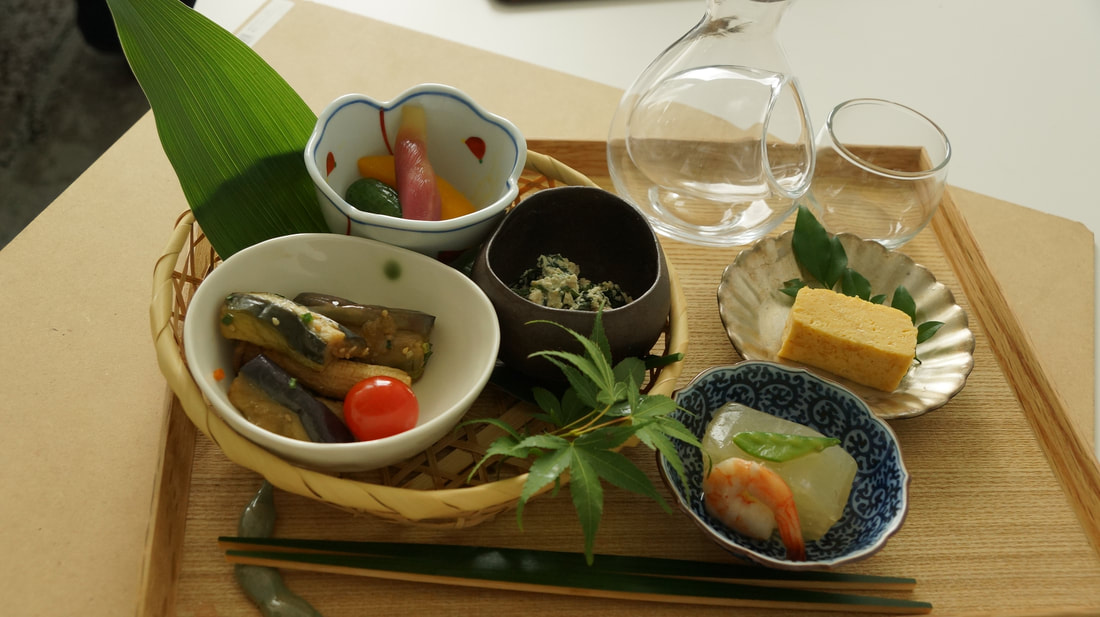

 RSS Feed
RSS Feed
